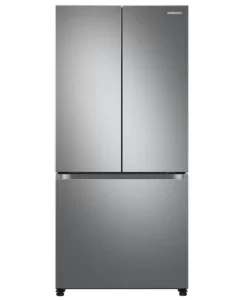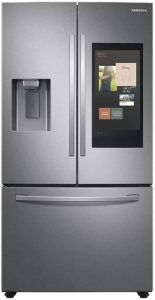What are the dimensions of a refrigerator space?
Introduction:
Determining the dimensions of a refrigerator space is crucial when purchasing a new refrigerator or planning a kitchen remodel.
This article aims to provide comprehensive information on the dimensions of a refrigerator space, including width, height, and depth, to help homeowners plan and make informed decisions.
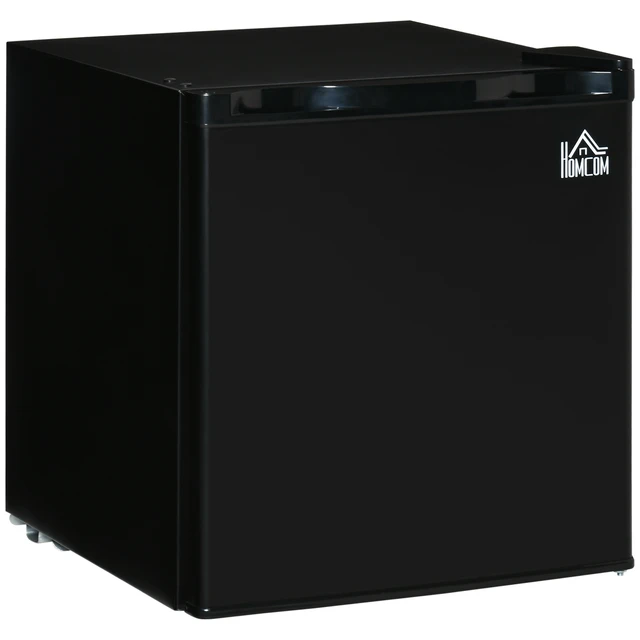
What are the dimensions of a refrigerator space?
Importance of Measuring the Refrigerator Space:
Measuring the refrigerator space accurately is essential to ensure a proper fit and avoid costly mistakes.
Inadequate space can lead to difficulties in installation, restricted access to the refrigerator’s features, or even the need for expensive modifications to the kitchen cabinets or surrounding area.
On the other hand, an excessively large space may result in an inefficient use of space or an unbalanced aesthetic in the kitchen.
Width of the Refrigerator Space:
The width of the refrigerator space refers to the available horizontal distance between the cabinets or walls where the refrigerator will be placed.
To measure the width accurately, use a tape measure and record the distance between the two sides of the space in inches or centimeters.
Ensure to measure at multiple points, as walls or cabinets may not be perfectly straight.
Height of the Refrigerator Space:
The height of the refrigerator space refers to the vertical distance between the floor and the underside of any overhead cabinets or fixtures.
To measure the height, use a tape measure and record the distance from the floor to the lowest point of the overhead obstruction.
Take note of any molding or decorative elements that may affect the overall height available for the refrigerator.
Depth of the Refrigerator Space:
The depth of the refrigerator space refers to the distance from the back wall to the front edge of the cabinets or countertops.
To measure the depth accurately, use a tape measure and record the distance from the back wall to the front edge of the cabinets or countertops.
It is important to consider any protruding elements such as decorative panels, handles, or knobs that may affect the required depth for the refrigerator.
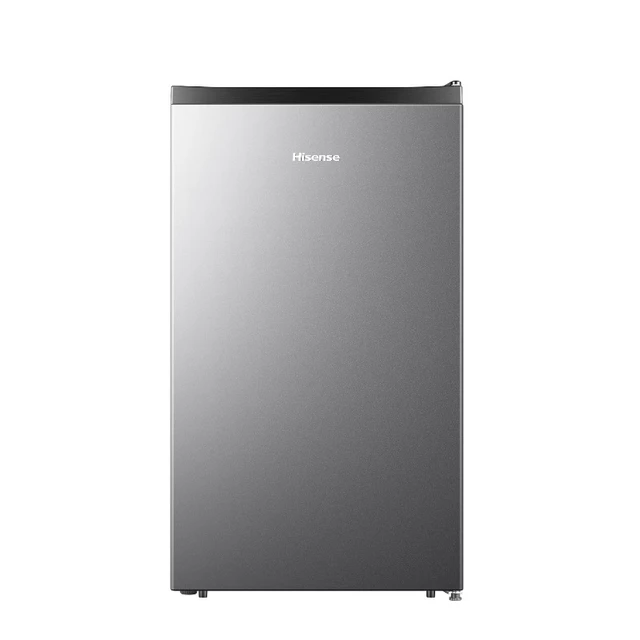
Standard Refrigerator Sizes:
While refrigerator dimensions can vary, there are certain standard sizes that most manufacturers adhere to.
Standard widths for refrigerators typically range from 28 to 36 inches (71 to 91 cm).
Heights can vary depending on the style of the refrigerator, with standard measurements ranging from 65 to 70 inches (165 to 178 cm).
Depths may range from 28 to 34 inches (71 to 86 cm), including the handles and doors.
Account for Clearance Space:
When measuring the refrigerator space, it is important to account for clearance space around the refrigerator for proper ventilation and accessibility.
Leave a few inches of space between the refrigerator and any adjacent walls or cabinets to allow for airflow and easy access to the refrigerator’s doors and drawers.
The clearance space required can vary depending on the manufacturer’s specifications, but generally, a minimum of 1-2 inches (2.5-5 cm) is recommended on the sides and back of the refrigerator.
Custom-Built Refrigerator Spaces:
In some cases, homeowners may opt for custom-built refrigerator spaces to achieve a seamless and integrated look in their kitchen design.
When planning a custom-built refrigerator space, it is important to work closely with a contractor or cabinetmaker to ensure accurate measurements and proper construction.
Custom-built refrigerator spaces allow for precise customization and can accommodate specific design preferences, but they may require additional time, cost, and expertise to execute properly.
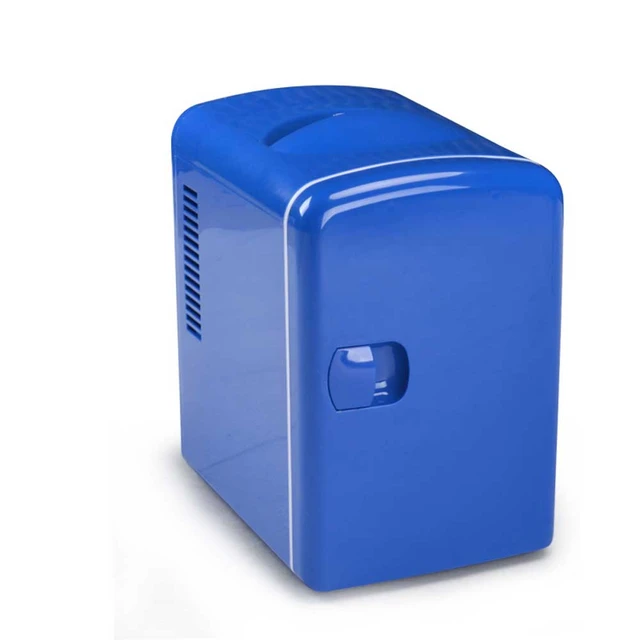
Considerations for Door Swing:
When measuring the refrigerator space, it is essential to consider the door swing of the refrigerator.
French door and side-by-side refrigerators have wider door swings compared to top-freezer or bottom-freezer models.
Make sure there is enough clearance for the refrigerator doors to open fully without hitting any adjacent walls, cabinetry, or other obstacles.
Integrated Refrigerator Dimensions:
Integrated refrigerators, also known as built-in or panel-ready refrigerators, are designed to be seamlessly integrated into the cabinetry of the kitchen, creating a cohesive look.
When measuring for an integrated refrigerator, follow the manufacturer’s specifications and guidelines, as these refrigerators may have specific size requirements and installation instructions.
Allow for Adjustability:
It is important to consider the adjustability of refrigerator legs when measuring the refrigerator space.
Most refrigerators come with adjustable legs that can be raised or lowered to accommodate uneven floors or to achieve a desired height.
Leave some room for adjustments during installation to ensure that the refrigerator can be properly leveled and aligned with the surrounding cabinets.
Checking Manufacturer Specifications:
Once the dimensions of the refrigerator space are determined, it is vital to cross-reference them with the manufacturer’s specifications for the desired refrigerator model.
Manufacturers provide detailed product specifications, including the exact width, height, and depth, to ensure a proper fit.
It is important to note that refrigerator dimensions can vary between different models and manufacturers, so always refer to the specific product’s specifications.
Consulting with Professionals:
If unsure about measuring the refrigerator space accurately or if considering a major kitchen remodel, it is advisable to consult with a professional kitchen designer or contractor.
Professionals can provide expert guidance, take precise measurements, and help identify any potential challenges or modifications required for the refrigerator space.

Measuring for Built-in Features:
If considering a refrigerator with built-in features such as water dispensers or ice makers, it is important to account for the additional space required.
These features typically add depth to the refrigerator, so ensure that the measured depth accounts for any protruding components.
Also, consider the plumbing and electrical requirements for these built-in features and ensure that the refrigerator space allows for proper connections.
Cabinet Overhang Considerations:
In some kitchen designs, cabinets may overhang the refrigerator space, creating potential constraints in height or width.
Measure the height and depth of the cabinets that overhang the refrigerator space to ensure that there is enough clearance for the refrigerator to fit properly.
It may be necessary to consider adjusting or removing the overhanging cabinets to create a suitable space for the refrigerator.
Accounting for Installation Space:
In addition to measuring the dimensions of the refrigerator space, it is important to consider the space required for the installation process.
This includes allowing enough space for maneuvering the refrigerator into its designated space, as well as ensuring that there is easy access to the space for installation and potential future maintenance or repairs.
Future Needs and Considerations:
When measuring the refrigerator space, it is beneficial to consider future needs and potential changes in kitchen design or appliance preferences.
If there is a possibility of upgrading to a larger refrigerator in the future, it may be wise to allow for extra space to accommodate the larger size.
Similarly, if there are plans to remodel the kitchen or make changes to the configuration of the cabinets, it is essential to account for these potential modifications when measuring the refrigerator space.
Double-Checking Measurements:
Before finalizing the purchase of a refrigerator, it is crucial to double-check the measurements of the refrigerator space.
Take accurate measurements at different points to ensure consistency and accuracy.
Confirm that the measurements align with the dimensions provided by the manufacturer for the desired refrigerator model.
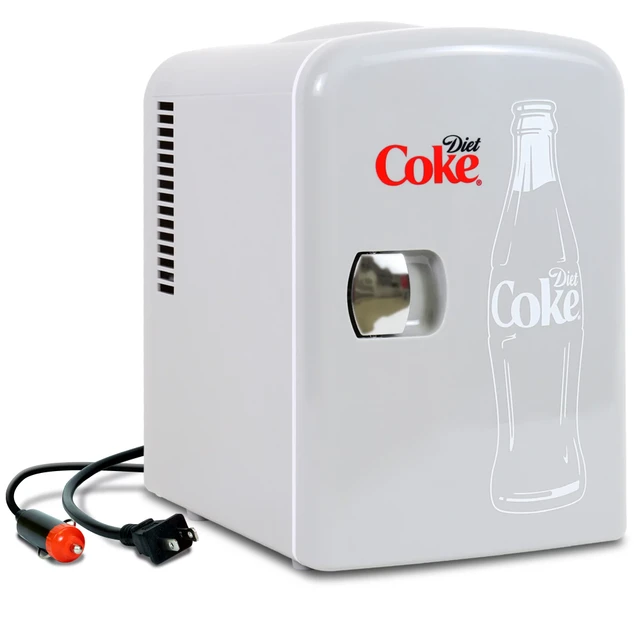
Conclusion:
Measuring the dimensions of a refrigerator space accurately is essential to ensure a proper fit and avoid costly mistakes.
Consider the width, height, and depth of the space, accounting for clearance space and any obstructions such as overhead cabinets or fixtures.
Standard refrigerator sizes exist, but it is important to check the manufacturer’s specifications for the desired refrigerator model.
Custom-built refrigerator spaces and integrated refrigerators require additional considerations and may involve working with professionals.
By taking accurate measurements and considering these factors, homeowners can confidently select a refrigerator that fits seamlessly into their kitchen and meets their specific needs.
